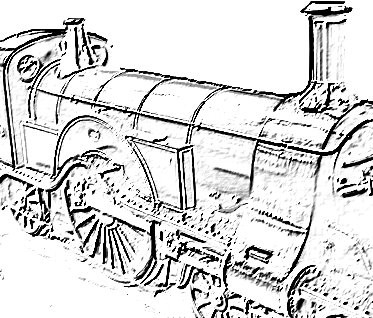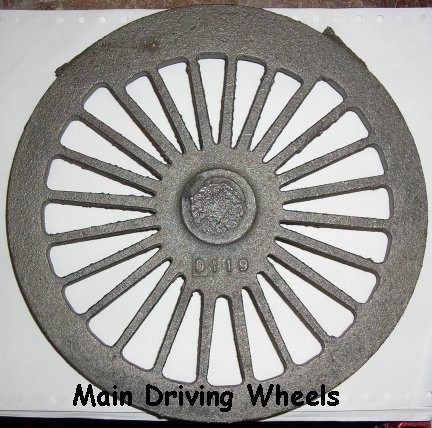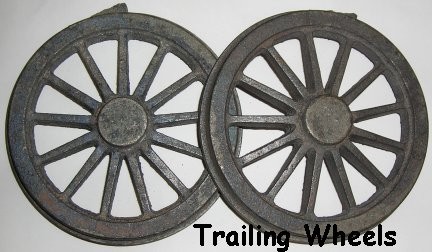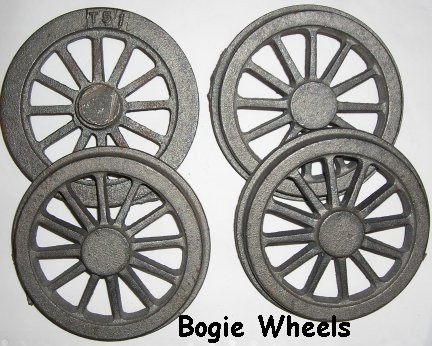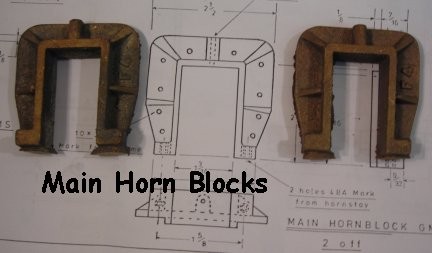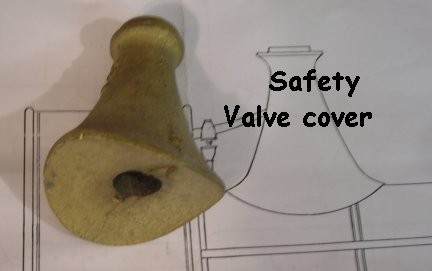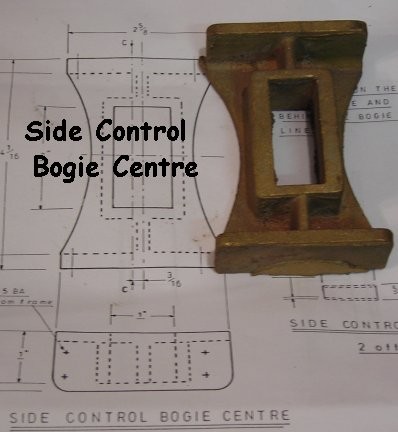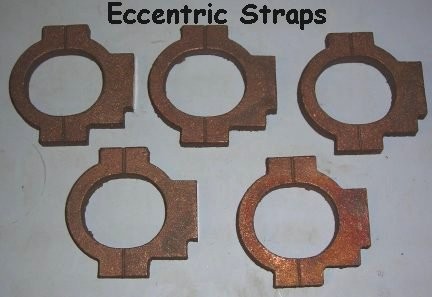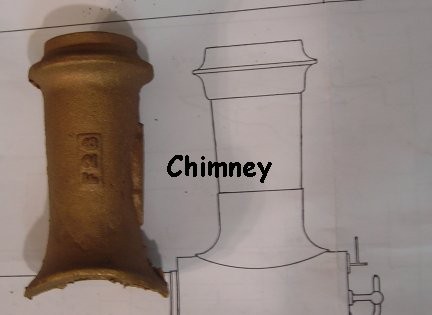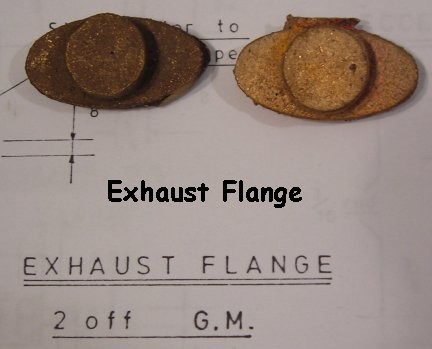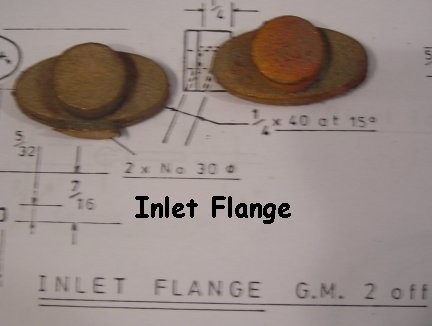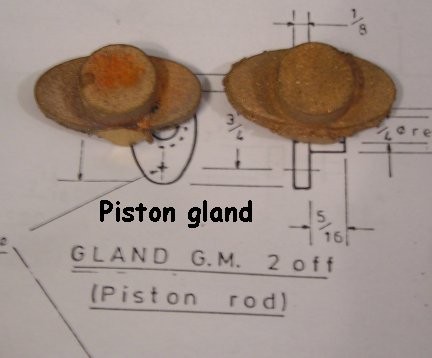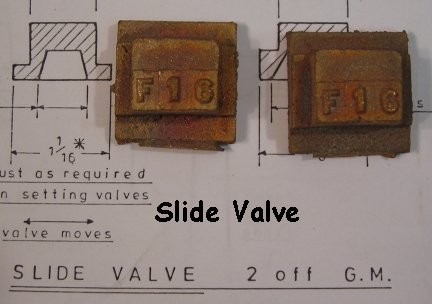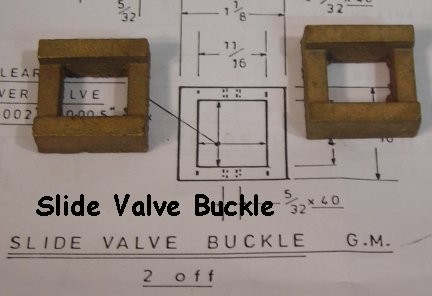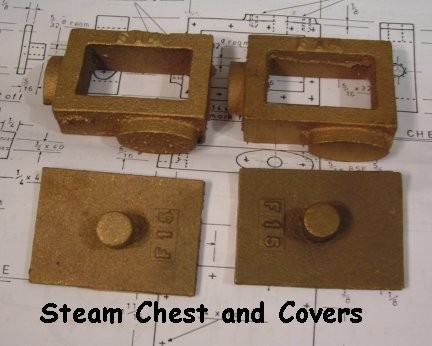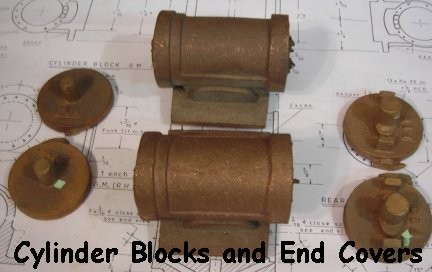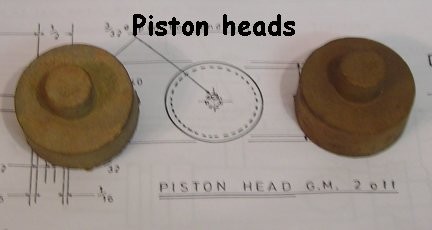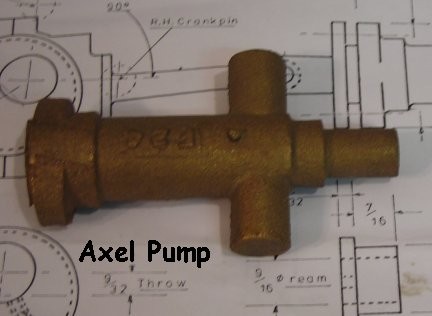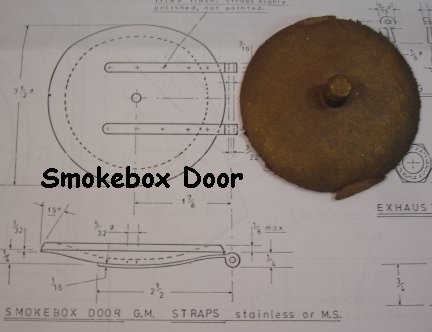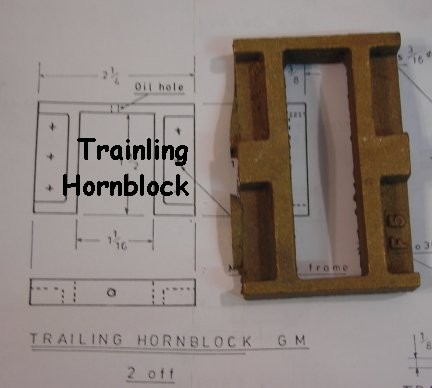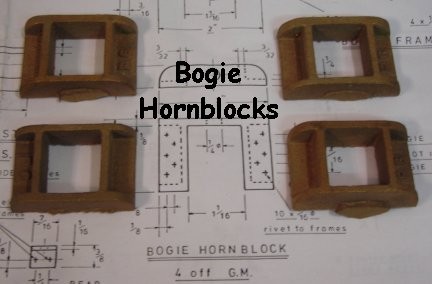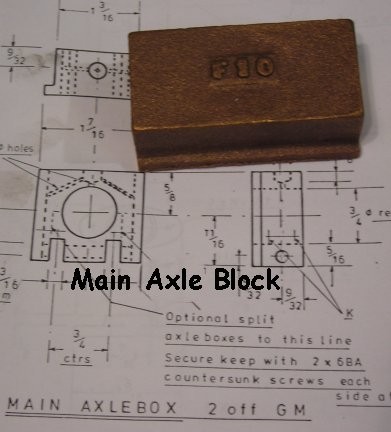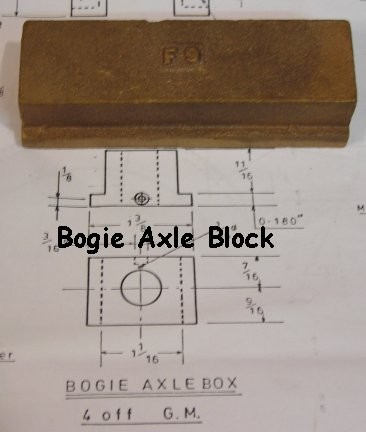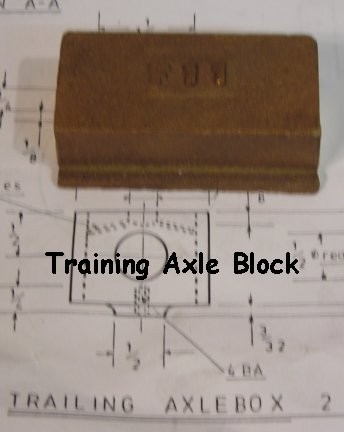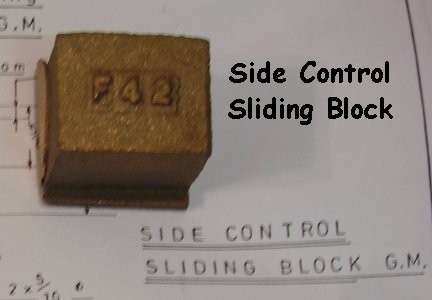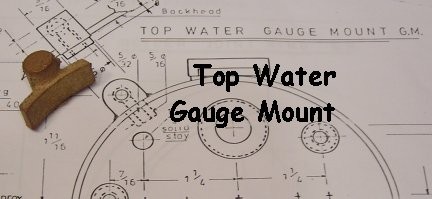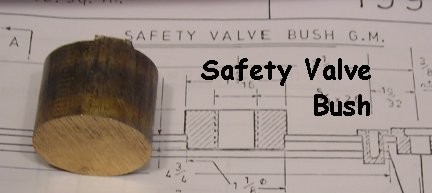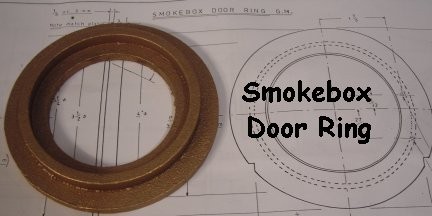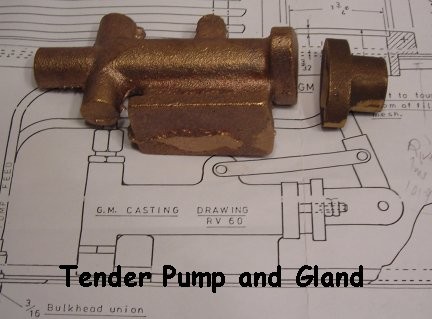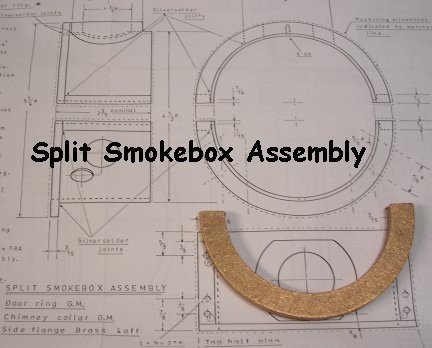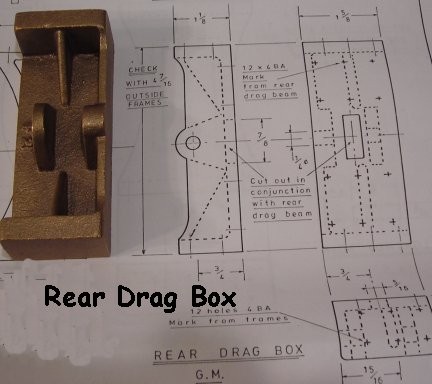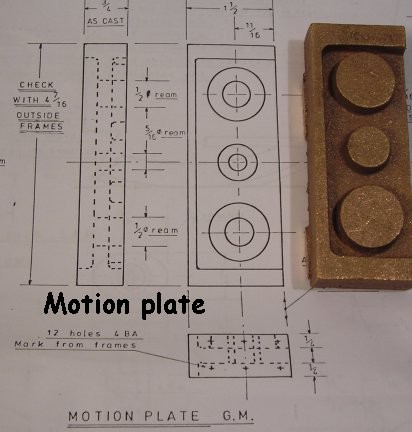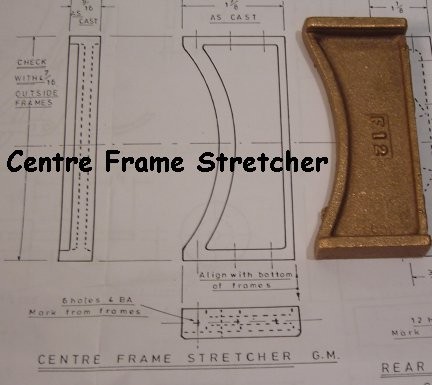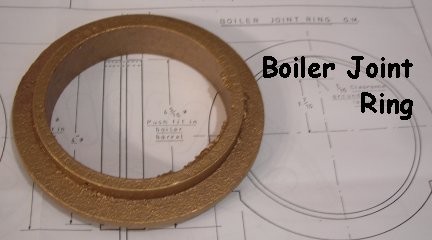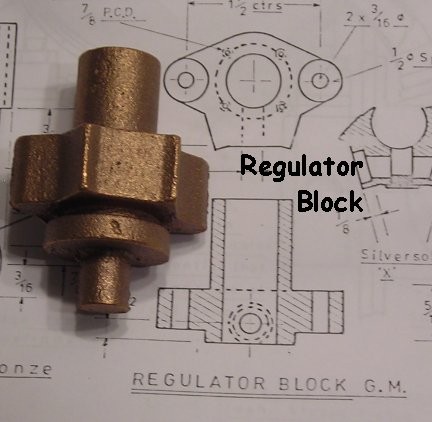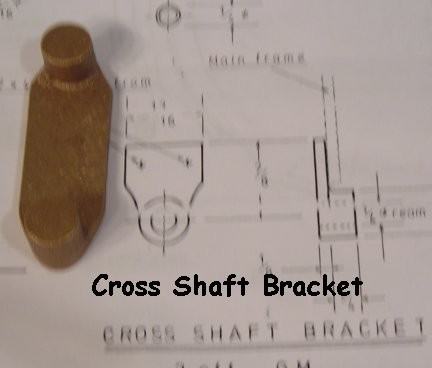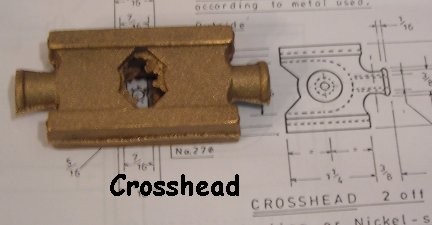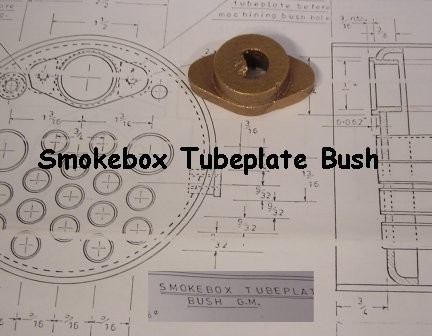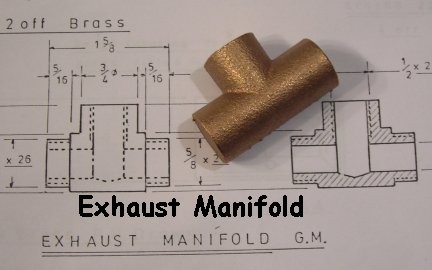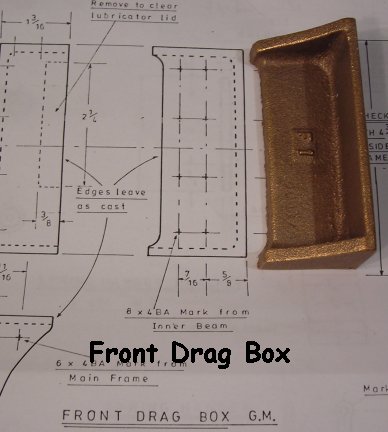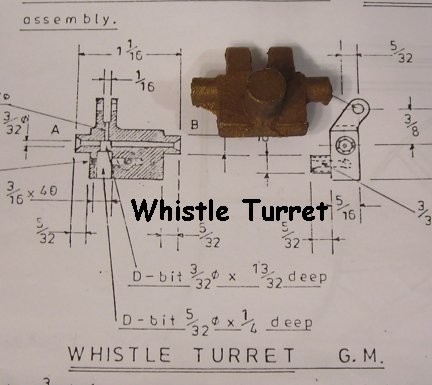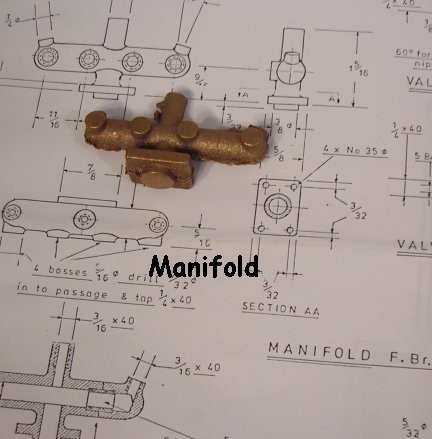The Diary of the Building of a 5" gauge Stirling Single |
|
|
|
|
|
|
|
Introduction and castings |
|
|
It was in December 1990, after building the Sweet Pea loco which I call "Baudot", that I decided that my next loco would be a "Sterling Single". My Mother, who died in Feb 2006, bought for me many of the castings (with others castings being bought as a Christmas present by my parents-in-law Don and Jean Bruce (also now 2010 sadly deceased) with the remainder purchased by me in 2007). This web site is dedicated to my mother. It is now, as I start write, February 2007 and the time has come to continue to build my Sterling Single. To my knowledge there are no books written as to how to go about the construction of a 5" gauge Stirling Single so I will be following the generally accepted order for the construction of a model locomotive. In 2018 with my wife ill I
decided to have work done on the loco but with my wife's
recovery I was able in early 2019 to start work on the the
loco again, after it was brought back to me by a friend.
A bit of history about the Stirling Single No.1 Stirling Single No.1 was built in 1870 and during it's working life had three boiler. The first new boiler was on 1880 after having covered 432,972 miles and it was also fitted with new frames. The new boiler lasted until 1889 when it had covered 409,767 miles. By 1900 and after another 378,611 miles a third boiler was needed, but this time not a new boiler but one from engine No. 664 which had already covered some 129,400 miles. This third boiler stayed on the loco until it was withdrawn from service in 1907. The No. 1's mileage from 1870 to 1907 was 1,404,663 miles which is probably the highest mileage for any Stirling Single. As we know No. 1 was not scrapped but was put aside until 1909 when she went to White City for exhibition purposes. At the end of the exhibition the engine was brought to Kings Cross shed and allowed to deteriorate for the next 12 years. In 1921 she was brought out of the shed cleaned up and used in a photo shoot followed in 1922 with another photo shoot. In 1924 an overhaul took place and she had her fourth boiler and ran in a progression of locomotives at Darlington. Eventually No.1 arrived at the National Railway Museum at York. From that time she did have several outings she returned to NRM until 1939 when she was moved to various engine shed in the North East and the Borders and then went back to York where I have visited on several occasion and taken many photographs but when ever I return home I still found I have missed the one photo I wish I had taken. I wish to acknowledge that the information for the above was found in the book "The Stirling Singles" by Leech & Boddy General order of the construction subject to change as progress is made :- Putting together the section of the Frames - turning the wheels Bogie horn blocks, axle boxes and axles Main and trailing horn blocks, axle boxes and axles Platework lubricator and whistle
|
|
Many casting bought were bought in 1990, some more by my mother and parents in law a few years later with the remainder bought in 2007. Below is the post mark of the package which contained my first casting which were selected by and sent to my engineering friend Martin of MMES. |
|
|
|
|
|
|
|
|
|
|
|
|
|
|
|
|
|
|
|
|
|
|
|
|
|
|
|
|
|
|
|
|
|
|
|
|
|
Here are the casting bought recently . |
|
|
|
|
|
|
|
|
|
|
|
|
|
|
|
|
|
|
|
|
|
|
|
|
|
|
|
|
